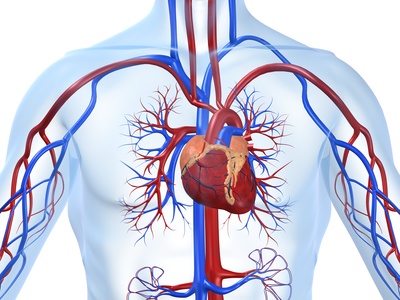TAVR to treat dysfunctional biological prosthetics (ViV) with the last generation self-expandable supra-annular prosthetic offers excellent results both clinical and hemodynamic. In addition, there were additional reductions of paravalvular regurgitation compared against the original models.

The present registry published in JAHA is the most extensive to treat this issue and replicate outcomes from the clinical practice.
Transcatheter treatment of degenerated surgical aortic valves has been adopted. However, more modern generations of the self-expandable valve (Evolut PRO) have not been tested in this context.
Nearly 6,000 patients receiving ViV with the Evolut R and Evolut PRO prosthesis were included in the TVT registry and analyzed.
The vast majority (n=5.061) received the Evolut R and 836 patients (14.2%) the Evolut Pro.
Hemodynamic results at 30 days were excellent and similar for both prosthesis (mean gradient Evolut PRO 13.8 ± 7.5 and Evolut R 14.5 ± 8.1).
That was not the case of paravalvular regurgitation, which resulted significantly different in both generations with the new model as a winner.
Clinical events at 30 days resulted low and similar, with all-cause death, any stroke and the need for a definite pacemaker of 2.8%, 1.8% and 3%, respectively for the Evolut Pro. On the other hand, the Evolut R showed 2.5%, 2.2% and 5.3%, respectively.
Read also: Failed Aortic Bioprosthesis: Valve in Vale or Repeat Surgery?
After one year, mortality resulted practically identical for both models (9.2% vs 9.8%), as did the rest of events.
Conclusion
The largest registry so far to study the new CoreValve generations (Evolut R and PRO) in the treatment of degenerated surgical aortic valves showed excellent clinical and hemodynamic results. The biggest difference was a significant reduction of paravalvular leaks with the PRO model, compared against its predecessor.
JAHA-121-021871Original Title: Transcatheter Aortic Valve Replacement With Self-Expandable Supra-Annular Valves for Degenerated Surgical Bioprostheses: Insights From Transcatheter Valve Therapy Registry.
Reference: Luis Augusto P Dallan et al. J Am Heart Assoc. 2021 Sep 21;10(18):e021871. doi: 10.1161/JAHA.121.021871.
Subscribe to our weekly newsletter
Get the latest scientific articles on interventional cardiology





